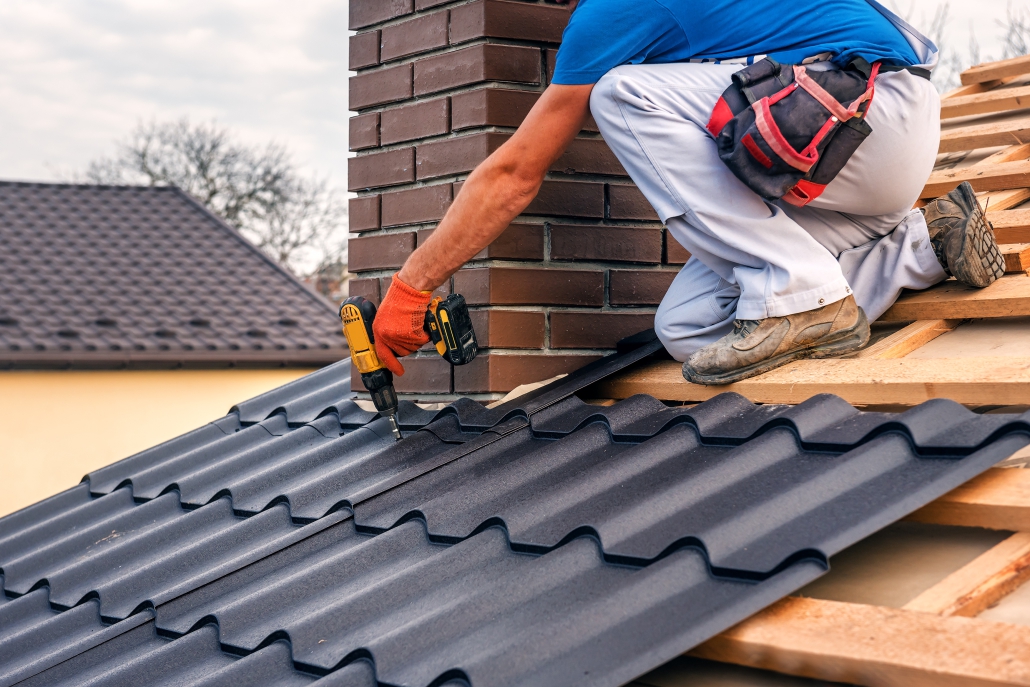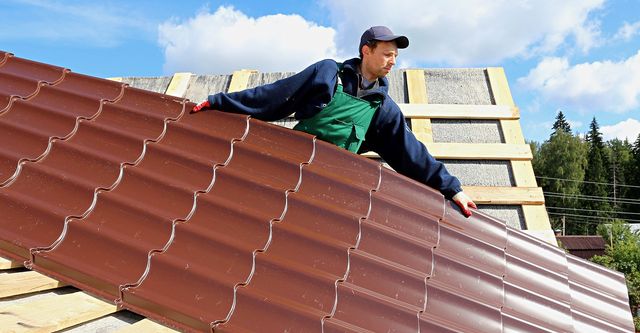Expert Cleveland Roofing Specialists for Affordable and Reliable Roofing Solutions
A Comprehensive Overview to Effective Roof Flat Roofing System Setup
The intricacies of level roofing system installment demand a thorough technique, beginning with a thorough understanding of different level roofing system kinds and the necessary materials needed for optimal efficiency. An effective setup pivots not only on the selection of materials however also on the preparation and implementation of each action entailed in the procedure.
Recognizing Flat Roof Covering Types
When thinking about level roofs, it is crucial to understand the different kinds readily available, as each deals distinct advantages and downsides customized to specific needs. The most typical kinds of level roof coverings include Built-Up Roofing (BUR), Modified Bitumen, and Single-Ply membranes.
Built-Up Roof contains several layers of asphalt and crushed rock, supplying superb durability and weather resistance. It is especially useful in locations susceptible to serious weather however may need more maintenance due to its complex construction.
Modified Asphalt is a preferred selection for its convenience of installment and versatility. It frequently utilizes a self-adhesive or torch-applied method, which can be beneficial for quick repairs and long-term performance. However, its lifespan can be shorter compared to BUR.
Single-Ply membrane layers, including Thermoplastic Olefin (TPO) and Ethylene Propylene Diene Monomer (EPDM), are acknowledged for their lightweight nature and energy efficiency. These materials are typically liked for commercial buildings due to their cost-effectiveness and convenience of setup (Cleveland Roofing Specialists). Nevertheless, they may not give the exact same level of insulation as various other choices.
Each roof covering type requires mindful consideration based upon environment, budget plan, and specific task demands.
Important Products for Flat Roof Covering
A variety of essential materials are crucial for the effective installation of level roofing systems. The option of materials straight influences toughness, performance, and general effectiveness.
One of the key materials is the roof covering membrane, which can be built from numerous substances such as polycarbonate polyolefin (TPO), ethylene propylene diene monomer (EPDM), or PVC. Each kind provides one-of-a-kind advantages, consisting of UV resistance and flexibility, which are crucial for prolonged performance.
Along with the membrane layer, insulation materials play a substantial duty in energy effectiveness. Inflexible foam boards or polyisocyanurate insulation are preferred selections, as they provide exceptional thermal resistance and moisture management.
Moreover, roof covering adhesives and sealants are vital for making certain a watertight setup. These products need to be suitable with the picked membrane to stop degeneration with time.
Planning For Installation
Appropriate preparation is vital for a successful flat roof covering installment, as it lays the foundation for a long lasting and efficient roofing system. Begin by performing a thorough examination of the existing roof covering framework.
Next, collect all essential tools and materials, making certain that they meet market requirements. This includes waterproof membrane layers, insulation, blinking, and bolts. Familiarize yourself with the maker's his comment is here specs, as adherence to these standards is crucial for guarantee purposes.
Additionally, ensure that the job area is clear of particles and obstructions to assist in safe and effective installation. Take into consideration weather condition problems; prevent installment during hefty rain or severe temperatures, which can influence material efficiency. Notify any kind of residents of the structure about the future job to guarantee safety and security and minimize interruptions. By taking these primary steps, you can improve the chance of a successful flat roof covering installation that meets both structural and visual requirements.
Step-by-Step Setup Refine
With the foundation developed with extensive preparation, the following stage includes performing the flat roof covering installment systematically. This action is crucial for keeping the roofing's stability over time.
Following the vapor obstacle installment, put down insulation boards, ensuring they fit snugly together to minimize thermal linking. Protect the insulation with suitable bolts based on the roof kind and regional building ordinance. As soon as the insulation is in area, it's time to apply the roofing membrane layer. Depending on the picked material-- such as TPO, EPDM, or changed bitumen-- install the membrane layer according to the manufacturer's requirements.
Ensure appropriate overlap at joints and edges to produce a water tight seal. Use adhesives, mechanical bolts, or heat welding as needed. Ultimately, set up blinking around perimeters, vents, and any type of roof covering penetrations to improve waterproofing. After installation, conduct a thorough assessment to recognize any prospective problems prior to ending the project, making sure a reliable and robust flat roofing system.
Upkeep Tips for Durability
Routine maintenance is necessary to make sure the durability and performance of a flat roof. One of the key jobs is to perform regular assessments at least twice a year, ideally in springtime and loss. Throughout these assessments, search for signs of wear, such as blisters, splits, or merging water, which can suggest underlying issues.

Making sure correct water drainage is essential to avoid water buildup. Check and clear gutters, downspouts, and scuppers to ensure unblocked water circulation. Furthermore, inspect seals around vents, skylights, and various other penetrations for any kind of signs of damage, using caulk or sealer as required to maintain a watertight obstacle.
Finally, consider specialist maintenance solutions every couple of years for complete assessments and fixings. By sticking to these upkeep tips, you can considerably extend the life of your level roofing system, guaranteeing it stays a reputable guard versus the elements.
Conclusion
Effective level roof covering installment necessitates an organized method including detailed evaluations, product selection, official source and meticulous prep work. Sticking to the described steps throughout the setup procedure ensures the correct application of roofing membrane layers and insulation while enhancing waterproofing with reliable blinking setup.
The details of level roofing system setup need a careful approach, beginning with a thorough understanding of various level roof kinds and the crucial materials required for ideal efficiency.Correct prep work is important for a successful level roof covering installation, as it lays the groundwork for a reliable and sturdy roofing system. After installation, conduct a detailed inspection to identify any prospective problems before wrapping read up the job, making sure a durable and trustworthy level roof covering system.
